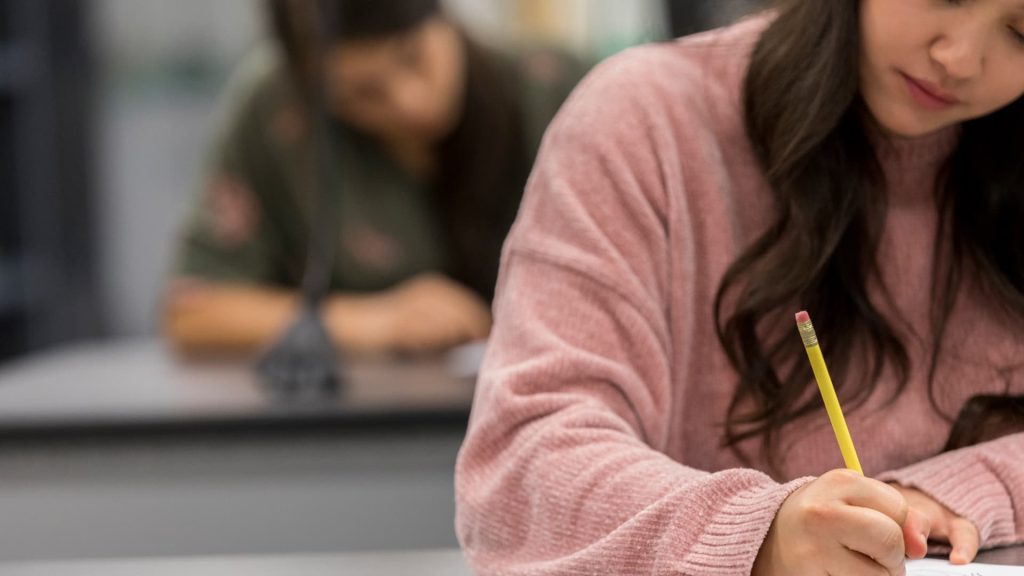There’s a new generation of young investors on the scene just as a financial contagion is spreading.
“It’s very easy to see what’s happening in the market and say, ‘I got to get out,'” said Tim Ranzetta, co-founder and CEO of Next Gen Personal Finance, a nonprofit focused on providing financial education to middle and high school students.
However, most experts agree that taking a beating when stocks go down and then missing out on the gains when stocks go up is one of the worst things new investors can do in periods of extreme volatility.
That is why having at least a basic understanding of personal finance is a crucial lesson for those just starting out.
More from Personal Finance:
Tariffs are ‘lose-lose’ for U.S. jobs and industry
Why uncertainty makes the stock market go haywire
Americans are suffering from ‘sticker shock’ — how to adjust
Many studies show a direct correlation between financial literacy and financial success.
In fact, there is an economic benefit of roughly $100,000 per student from completing a one-semester class in personal finance, according to a 2024 report by consulting firm Tyton Partners and Next Gen.
“We say it’s $100,000 but as we start to see more and more young people investing, that number is only going to increase,” Ranzetta said.
Much of the value comes from learning how to avoid revolving credit card balances and leveraging better credit scores to secure preferential borrowing rates for key expenses, such as insurance, auto loans and home mortgages, according to Ranzetta.
However, lessons on investing pave the way to long-term wealth creation, said Yanely Espinal, Next Gen’s director of educational outreach. “Teaching students about the financial markets is the greatest asset for building wealth.”
Learning gaps persist
While more students are benefiting from financial literacy courses in high school, there are still significant learning gaps, according to a new report by Junior Achievement and MissionSquare Foundation.
Roughly 40% of teens are worried they won’t have enough money for their future, the report found. At the same time, 80% of teens have never heard of a FICO credit score, developer of one of the scores most widely used by lenders, and nearly half, or 43%, believe that an interest rate of 18% on debt is manageable.
“It’s kind of hard to get ahead in life if that’s how you manage your finances when you get out in the adult world,” said Ed Grocholski, chief marketing officer of Junior Achievement USA.
More states pass financial literacy legislation
Meanwhile, the trend toward in-school personal finance classes is picking up steam.
In March, Kentucky became the 27th state to require that high school students take a personal finance course before graduating, according to the latest data from Next Gen.
In addition, there are another 43 personal finance education bills pending in 17 states, according to Next Gen’s bill tracker.
Without a requirement, students are much less likely to have access to a financial education: Outside the states with a guaranteed course, less than one in ten students receive financial education before graduating, according to Ranzetta.
However, when states pass a personal finance guarantee, school districts — and teachers — must then implement it.
“As much as legislation is critical, it has to be about implementing the course with a high quality curriculum taught by a qualified and confident teacher,” Ranzetta said.
Teaching the 9.2 million public high school students in states that have a personal finance requirement would require a minimum of 23,000 educators, according to an estimate by John Pelletier, director of the financial literacy center at Champlain College.
“Home ec [home economics] teachers are a dying breed,” Pelletier said. “The issue isn’t that we don’t have teachers, what we don’t have is highly trained teachers because it is an orphan curriculum.”
